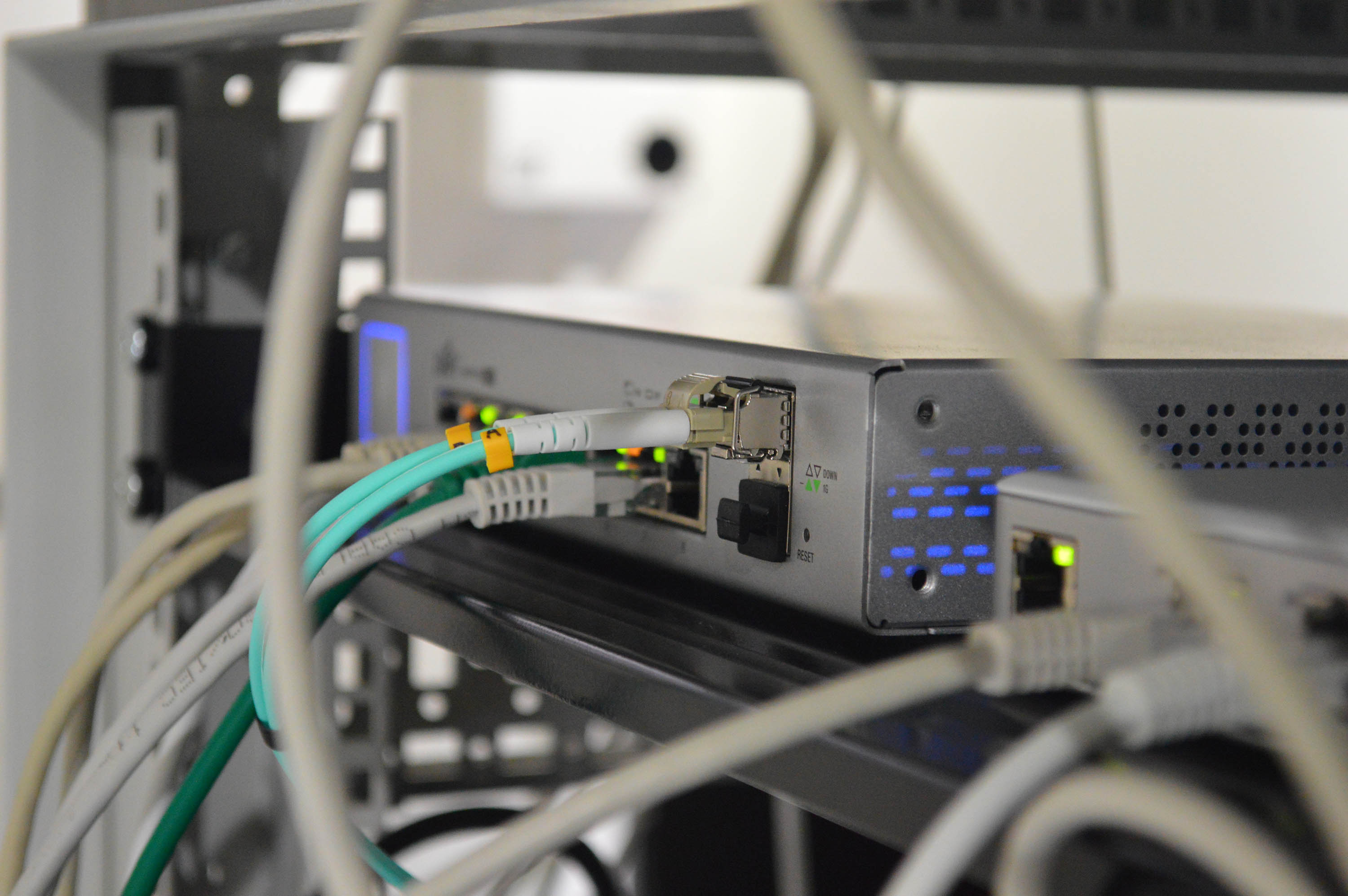The automated test bench
in-tech's orangeSwitch automates validation processes at BMW

Modern vehicle development is no longer thinkable without prior simulation. Today, a large number of electronic control units in automobiles have to be tested for functionality during the development phases. The automotive industry relies on so-called HiL (Hardware in the Loop) systems. The engineering company in-tech has developed its own modular orangeHiL system for complex simulation processes, which in combination with the orangeSwitch enables highly automated test sequences. "orangeSwitch, for which a patent application has been filed, enables automated switching between control units on the HiL or test bench. This allows better utilization of the test bench and reduces the susceptibility to mechanical errors," explains Managing Director Christian Wagner.
orangeSwitch is independent of the HiL system used and is highly scalable. "This means that orangeSwitch can be manufactured for control units with a wide variety of pin counts, e.g. an 8-pin instrument cluster or a 280-pin motor control unit - the concept is easily scalable," explains the managing director. A breakout box can optionally be integrated directly to allow access to individual or all pins. It is also possible to control actuators or additionally monitor signals.
Comprehensive test routines for ECUs - even overnight
If an order production for a HiL system is carried out where several hardware variants of the same control unit are to be tested, the user has the following option: Instead of connecting these variants individually to the HiL, all are simultaneously plugged into the orangeSwitch. The switch is then connected to the HiL at the exact point where the ECU (Engine Control Unit) variant that has just been tested was plugged in. Now the orangeSwitch is connected to the test automation PC via Ethernet. The specially supplied orangeSwitch control plug-ins can also be integrated into the test automation software.
Test cases for all ECU variants are configured in the test automation tool, whereby the tool is configured so that it switches to the next variant after all tests of an ECU variant have been completed. The test sequence is then started so that the respective employee can devote himself to other tasks. Each ECU variant connected to the switch is automatically validated one after the other. All relevant test cases are run for each variant, then the system switches to the next variant. "If, for example, the employee returns to the system after the weekend, he can evaluate the test results of all variants," explains the managing director.
Project report: Increasing the depth of coverage at BMW
The system is currently being used at BMW. Huy Chau, Project Manager Loading and Preconditioning Interior/HV Storage in the department " Connected E-Mobility" at BMW, explains: "One of the goals of our department at BMW is to significantly increase the level of security in the area of connected functions by introducing new methods and processes. The fully automated execution of test cases is an essential efficiency measure to achieve a higher level of security without additional effort. In combination with the orangeSwitch from in-tech, it is now possible for us to automatically validate the complete range of functions of stationary air conditioning in electrified vehicles during and above all outside regular working hours". This includes air conditioning of the vehicle interior at a departure time selected by the customer and preferential charging of the HV memory during a specific period.
Easy integration thanks to included software package - BMW reports positive results
orangeSwitch enables tool-supported operation of the relevant vehicle components. Integration into BMW's existing infrastructure was no problem thanks to the software package supplied. Thanks to in-tech's on-site support, the system could also be put into operation immediately. Due to the high flexibility and the fast conversion possibilities, an adaptation to different vehicle configurations is also possible without big effort. "The system has already proven itself in operation, above all the stability and robustness are of great advantage. This means that no manual intervention from outside is required, which is a prerequisite for unattended operation outside working hours," concludes Huy Chau.